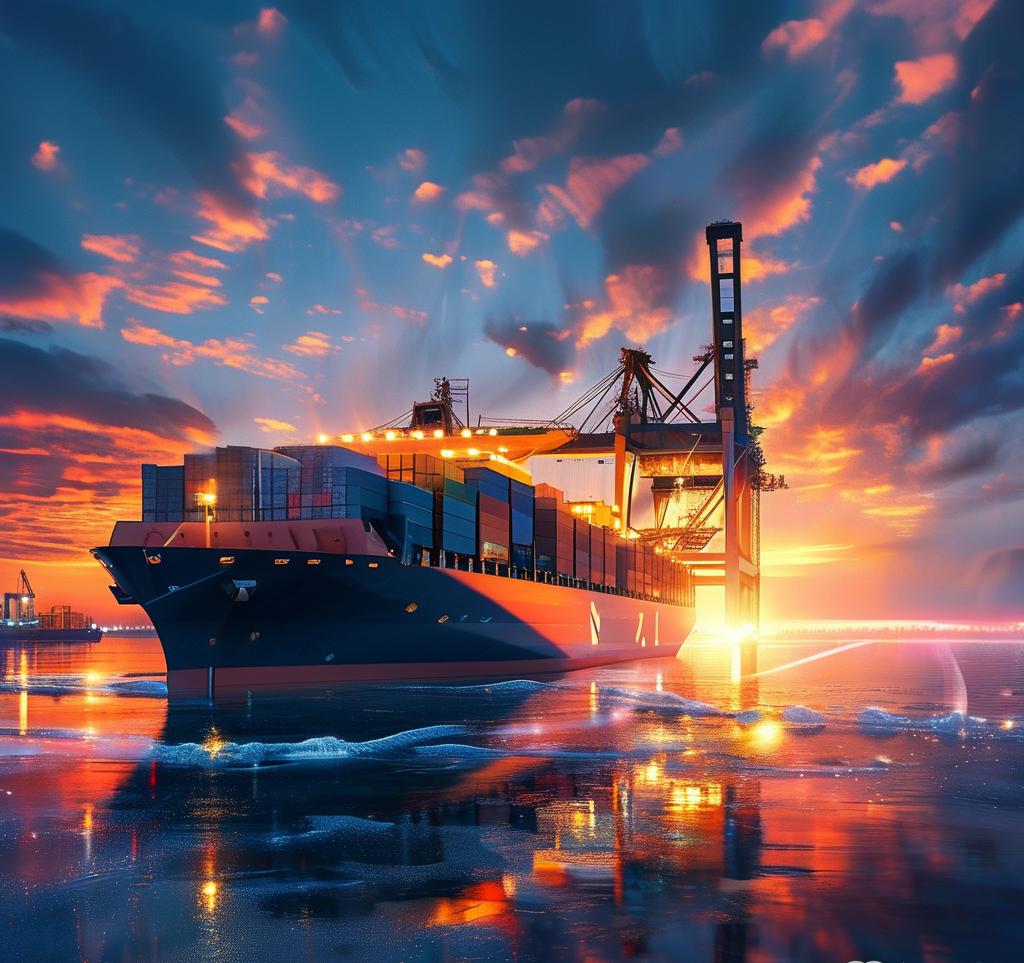As someone regularly sourcing from Alibaba, I’ve learned that using Alibaba for shipping to the Philippines is straightforward—but choosing the right suppliers and logistics options makes all the difference.
First, when ordering, I always confirm if the supplier offers Philippines goods import channels from China directly or partners with freight forwarders. Some suppliers can manage end-to-end delivery, but others only ship within China. In such cases, I coordinate with a trusted freight forwarder who knows how to optimize shipping routes to the Philippines, reducing both delivery time and cost.
Shipping via Alibaba Trade Assurance gives extra peace of mind. I use the platform’s “Logistics Services” tab to compare rates, and often select consolidated shipping for small-volume orders to cut costs. For bulk orders, I use full container load (FCL) and coordinate import customs clearance with a local broker in the Philippines.

People Also Ask (PAA)
1. Can Alibaba ship directly to the Philippines?
Yes, many suppliers on Alibaba offer direct shipping to the Philippines or work with third-party logistics providers.
2. How do I calculate shipping cost on Alibaba to the Philippines?
Shipping costs vary by weight, volume, method (air/sea), and supplier. Use Alibaba’s logistics tool to compare estimates.
3. What shipping method is fastest from Alibaba to the Philippines?
Air express is fastest but most expensive; sea freight with optimized routes is more cost-effective for large shipments.
4. Do I need a customs broker when using Alibaba?
Yes, especially for bulk or commercial orders. A customs broker helps you clear goods quickly and follow local regulations.
5. How do I ensure my Alibaba goods aren’t delayed at Philippine customs?
Make sure your supplier provides correct documentation, and work with experienced logistics agents familiar with local rules.
